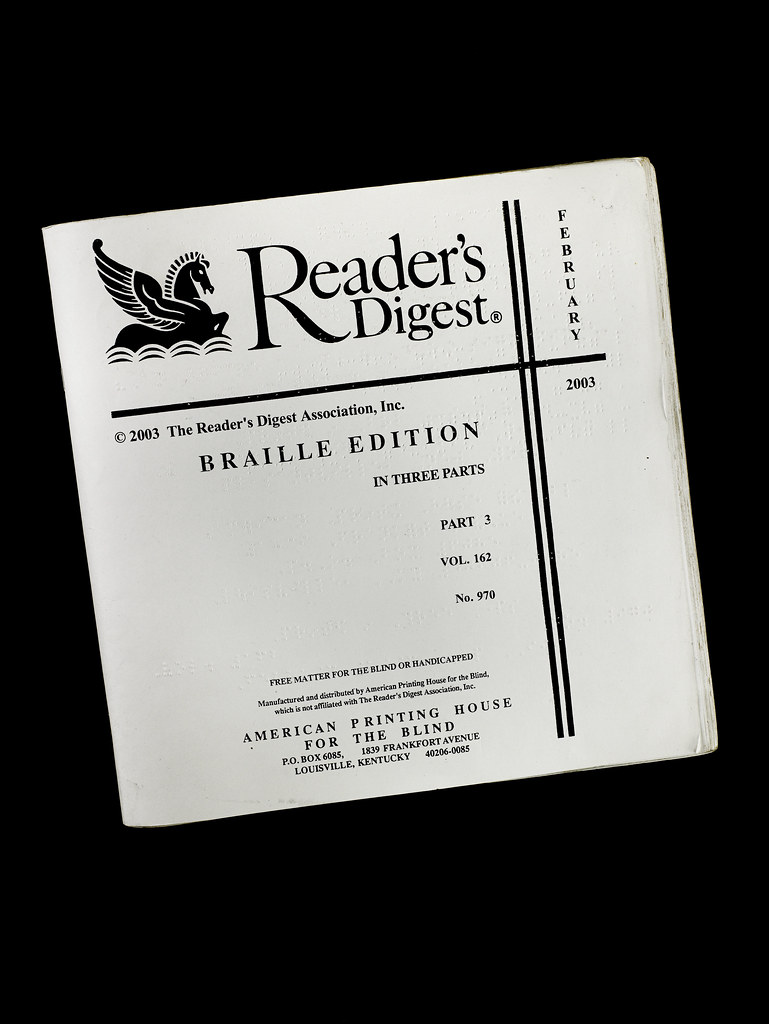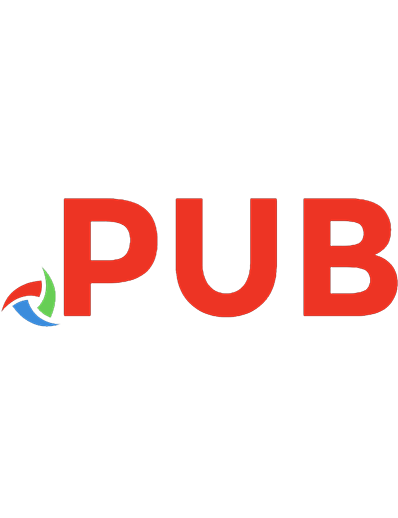Welcome to an informative article that unravels the popular phrase “What Is the Reader’s Digest Version?”. You may have come across this expression numerous times, often used to describe a brief and concise summary of a complex topic. But have you ever wondered about its origin and how it became a widely recognized term? Sit back, relax, and join us on this friendly exploration as we dive into the world of the Reader’s Digest version, uncovering its history, significance, and why it continues to hold relevance in today’s fast-paced world. Prepare to be enlightened, as we break down this intriguing phrase and shed light on its etymology and impact like a trusted friend sharing a fascinating story.
- Table of Contents
- What Is the Reader’s Digest Version?
- – Conveying the essence: A concise and engaging summary for the time-conscious reader
- – The origins: How Reader’s Digest became synonymous with condensed versions
- – The art of compression: Techniques employed to distill complex information
- The art of compression: Techniques employed to distill complex information
- – Beyond condensing: How the Reader’s Digest Version revolutionized reading habits
- Closing Remarks
Table of Contents
- What Is the Reader’s Digest Version?
- – Conveying the essence: A concise and engaging summary for the time-conscious reader
- – The origins: How Reader’s Digest became synonymous with condensed versions
- – The art of compression: Techniques employed to distill complex information
- – Beyond condensing: How the Reader’s Digest Version revolutionized reading habits
- Q&A
- To Wrap It Up

What Is the Reader’s Digest Version?
The term “Reader’s Digest version” is often used to describe a shortened or condensed version of a story or piece of information. It originated from the popular magazine “Reader’s Digest,” which gained fame for its condensed articles and stories that presented information in a concise and easily digestible format. The concept behind the Reader’s Digest version is to provide a concise yet comprehensive summary that captures the essential points of the original content.
When someone mentions the Reader’s Digest version, they are referring to a shorter version of a text or story that captures the main ideas, important details, and key takeaways. It serves as a useful tool for those seeking a quick overview or overview of lengthy texts or complex subjects. The Reader’s Digest version allows readers to save time while still obtaining the most important information.
- The Reader’s Digest version condenses information, stories, articles, or texts.
- It captures the essential points and main ideas.
- It provides a concise yet comprehensive summary.
- It is a useful tool for those seeking quick overviews or summaries.
So, next time you come across the term “Reader’s Digest version,” remember that it pertains to a shorter yet informative summary that helps you quickly grasp the main points of a text or story without having to delve into lengthy details.

– Conveying the essence: A concise and engaging summary for the time-conscious reader
In today’s fast-paced world, where time is a precious commodity, we understand the importance of providing concise and engaging information. Our aim is to convey the essence of any topic without sacrificing the depth and quality of the content. With our carefully crafted summaries, we ensure that even the most time-conscious reader can grasp the key points and gain valuable insights.
Our concise summaries are designed to capture the essence of complex subjects, condensing them into digestible chunks of information. We employ a variety of techniques to engage our readers and keep them captivated throughout their reading journey. From catchy headlines to captivating anecdotes, we strive to make every word count and leave a lasting impression.
Here’s what sets our concise and engaging summaries apart:
1. Brevity without compromising substance: We cut out the fluff and focus on the most crucial aspects of a topic, offering a comprehensive overview in a fraction of the time.
2. Engaging storytelling: We believe in the power of storytelling to ignite curiosity and hold the reader’s attention. Our summaries employ narrative techniques to make even the most complex subjects relatable and interesting.
3. Visual aids and infographics: We incorporate visually appealing elements to enhance comprehension and make information more accessible. Our summaries are designed to be visually stimulating, with charts, graphs, and diagrams to simplify complex concepts.
With our concise and engaging summaries, you can stay informed and enlightened without sacrificing precious time. Let us be your trusted source for quick, yet insightful, knowledge.
– The origins: How Reader’s Digest became synonymous with condensed versions
Reader’s Digest is a name that has become synonymous with condensed versions of stories, articles, and books. But have you ever wondered how this publication earned its reputation? Let’s delve into the fascinating origins of Reader’s Digest and discover how it became an icon in the world of condensed content.
It all began in 1922, when DeWitt Wallace, a young college student, found himself recovering from shrapnel wounds sustained during World War I. While bedridden, he realized that he had plenty of time on his hands but limited reading materials. Determined to utilize this time productively, Wallace started summarizing articles from various magazines in his own words. He curiously shared his condensed versions with others, soon receiving positive feedback from friends and family who found his summaries incredibly useful and time-saving.
Recognizing the potential of his idea, Wallace decided to turn his passion into a business. In 1929, he and his wife Lila founded Reader’s Digest, publishing their first issue with just 5,000 copies. This groundbreaking publication featured an innovative concept – providing condensed versions of articles from various sources in one compact magazine. Soon, Reader’s Digest gained immense popularity, as it catered to the needs of busy individuals who craved knowledge but lacked the time to read lengthy texts.
With each issue, Reader’s Digest compiled a wide variety of content, covering topics ranging from health and science to personal finance and inspirational stories. It became a trusted source of information and entertainment for millions, offering readers a convenient way to stay informed and entertained in our fast-paced world. Today, Reader’s Digest continues to captivate readers worldwide, leaving an indelible mark on the publishing industry and reminding us all of the power of condensed content.

– The art of compression: Techniques employed to distill complex information
The art of compression: Techniques employed to distill complex information
When faced with complex information, it can be daunting to present it in a way that is easily understandable to others. This is where the art of compression comes into play. From scientific research to business presentations, the ability to distill complex information into a concise and digestible format is a highly sought-after skill. Here are some techniques that can be employed to effectively compress complex information:
- Summarize: Start by identifying the key points and main ideas. Focus on the most important details and remove any unnecessary information. By condensing the content to its essence, you can communicate complex ideas more efficiently.
- Visualize: Utilize charts, graphs, and diagrams to present information in a visually appealing and easily understandable format. Visual aids can enhance comprehension and help simplify complex concepts, making them more accessible to a wider audience.
- Use analogies: Comparing complex concepts to familiar objects or situations can make them more relatable and easier to grasp. Analogies can bridge the gap between unfamiliar and complex information, helping others connect with and understand the subject matter.
Furthermore, employing a logical structure can aid in compressing complex information. Organize: Arrange the content in a logical order, ensuring a smooth flow of information from one point to another. This helps the audience follow along and prevents confusion. Additionally, chunking: breaking down complex information into smaller, more manageable chunks can make it less overwhelming and facilitate better understanding.
Remember, the art of compression is about finding the right balance between brevity and clarity. By using these techniques, you can effectively condense complex information and captivate your audience with a well-compressed presentation.

– Beyond condensing: How the Reader’s Digest Version revolutionized reading habits
The Reader’s Digest Version transformed the way people approach reading, going beyond mere condensing to become a true revolution for reading habits. Offering readers a succinct and captivating summary of an original text, it quickly gained popularity and forever changed the way we consume information. Here, we will explore how the Reader’s Digest Version revolutionized reading habits and why it remains a cherished tool for avid readers to this day.
1. A time-saving gem: While some may argue that condensing texts can dilute the original content, the Reader’s Digest Version expertly extracts the essence of a story, article, or book, preserving the key plotlines, main characters, and important details. By providing a well-crafted summary, it allows readers to save time by quickly understanding the gist of the original material without compromising the gripping elements that make it worth reading.
2. Accessible to all: Whether you are a literature enthusiast, a student, or someone with limited reading time, the Reader’s Digest Version has something valuable to offer. Its concise and engaging summaries allow individuals with various reading abilities or time constraints to access great works of literature, popular non-fiction, and informative articles alike. It bridges the gap between a full-length book and a mere overview, inviting everyone to experience the beauty of a well-curated reading selection.
Closing Remarks
In conclusion, understanding the “Reader’s Digest version” can be quite handy in today’s fast-paced world where time is of the essence. This popular phrase, derived from the trusted publication, Reader’s Digest, has become synonymous with a concise and condensed summary of a longer piece of content. Whether it’s a novel, a news article, or even a film, the Reader’s Digest version allows you to grasp the key points and essence of the original work in a fraction of the time.
By providing a friendly and accessible way to engage with a wide range of topics, the Reader’s Digest version serves as a valuable resource for those seeking a quick understanding without compromising on accuracy or relevance. It is a tool that embraces simplicity without sacrificing the importance of the message or the depth of the content. Through its concise yet informative approach, the Reader’s Digest version allows us to stay informed and knowledgeable while accommodating our busy lifestyles.
So, the next time you need to catch up on the latest news or unravel the intricate plot of a bestselling novel, don’t hesitate to turn to the Reader’s Digest version. It will help you navigate through the overwhelming sea of information, allowing you to stay informed, entertained, and connected with the world around you. Remember, knowledge is power, and the Reader’s Digest version empowers you to make the most of your precious time, without ever missing a beat.
















